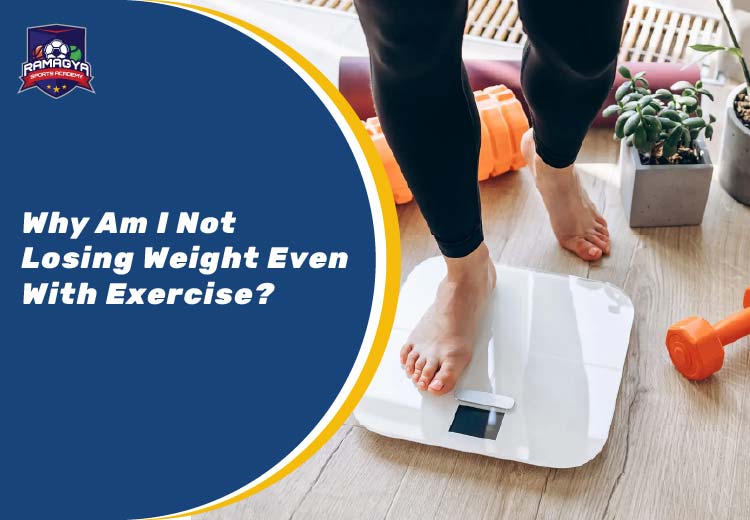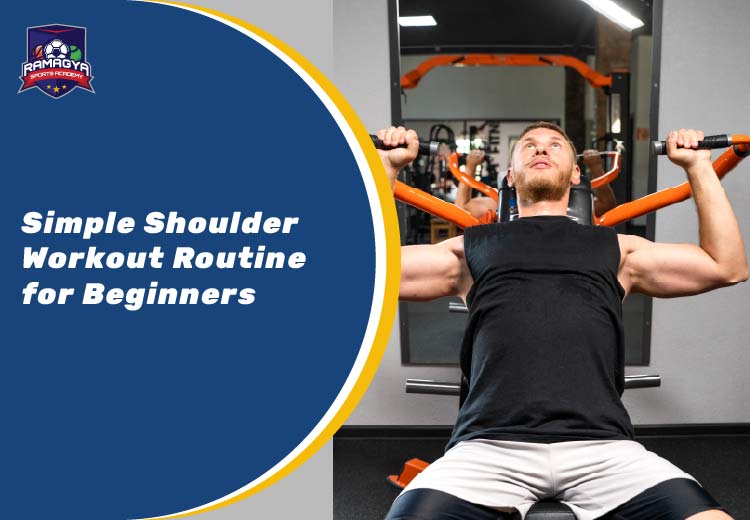
Tennis and Fitness Trends
March 12, 2025
Heart Health | A Complete Guide to Keeping Your Heart Strong
March 20, 2025Swimming is not just a vital ability to have, it’s also a fun and fulfilling activity for youngsters and adults as well. No matter if this is your first time swimming in a pool, or if you’re looking to improve your skills, the procedure of learning to swim can provide you with numerous opportunities within the water. In order to be a good swimmer requires commitment to perseverance, patience and determination. If you follow these rules and tips you will be in the process of learning this ancient skill as well as opening up a whole different world of aquatic adventure.
Remember the water is your friend: embrace it, respect it, and enjoy every step along your journey!
Now let’s discuss a plan and approach to help make you a more confident and competent swimmer.
- Learn the Basics
- Familiarize yourself with aquatic environments and discover ways to stay safe around and in the pool, such as kicking, floating and basic strokes with help from an instructor.
- Surmount Fear: Conquer any anxieties you have about swimming by taking small steps to build confidence and trust within the pool environment. Start off in shallow water where you can feel the bottom, before gradually progressing deeper.
- Start Slow: Before venturing into more advanced techniques, begin with basic exercises such as swimming on your back and playing with a kickboard to familiarize yourself with the waters.
- Learning the Techniques: Understanding the Foundations of Swimming
- Body Position: When entering the water, always ensure your body is upright in an erect position ensuring relaxed yet balanced balance throughout your strokes. Try floating on both front and back legs to gain proper body alignment.
- Breathing: Practice breathing rhythmically by exhaling underwater and inhaling when your face has been lifted above water level. Coordinate your arm movements with breathing for maximum effectiveness and endurance.
- Arm Strokes: Master the correct techniques for backstroke, front crawl, breaststroke and butterfly strokes while paying close attention to their fluidity and coordination. Break each stroke down into its component parts before practicing them together into full strokes.
- Leg Kicks: Hone your leg movements to perform various strokes such as breaststroke kick, flutter kick and dolphin kick. Keep an eye on both intensity and rhythm of each kick to ensure they are propelled without creating drag on your legs.
- Tips for Enhancing Swimming Skills
- Regular Practice: Set aside regular time for practicing to build strength, endurance and skill in swimming. Create specific goals for every practice session while tracking progress over time.
- Get Feedback: Get feedback from instructors or experienced swimmers to identify areas for improvement and refine your technique. Take video footage of yourself swimming or use an underwater camera analysis tool to pinpoint technical flaws or areas requiring improvement.
- Set Goals: Set realistic and attainable swimming-related goals that you can meet on your swimming journey, such as mastering new strokes, increasing lap times or reaching required distance. Break larger targets down into manageable steps for easier completion and to keep yourself focused and in the right mindset.
- Safe Swimming: Make sure to swim only in areas equipped with lifeguards, never swim alone or beyond your level of ability, and practice water safety techniques such as treading water and floating. Also identify signs of distress among both yourself and other swimmers.
- Explore & Experiment with Varying Swimming Styles and Methods
- With various swimming techniques comes the opportunity to determine the one that works best for you, like open-water aerobics or synchronized swimming to add variety and keep the aquatic experience exciting.
- Swimming isn’t just for fitness: it’s also an enjoyable sport that allows you to release tension and unwind. Put yourself to the test with new drills and games or simply relax as you float effortlessly through the water.
- Swimming with other people : Join a club, or meet with your friends to enjoy the pleasure in swimming, encourage each other and create bonds of friendship through swimming events as well as group workouts and social gatherings.
- Be hydrated: Ensure you consume plenty of water prior to and after swimming in order to keep hydrated and replenishing any lost fluids from exercising. Avoid swimming with an empty stomach, to avoid cramps and discomfort. Also, be aware of temperature and sun conditions to avoid dehydration and overheating.
It’s not just a means to get exercise It’s a way to experience something advantageous to the body and your mind and soul. If you’re embarking on your next swim adventure make sure you remember that it’s fine to start slow and move according to your own pace. Every breath, every stroke along with every turn will move your goal closer to the ability to master this essential life skill.
Swimming offers a myriad of benefits, not just physical fitness. It helps develop perseverance, discipline and determination. It creates a sense of success and increases confidence in yourself. Furthermore swimming can be a life-saving ability that will give you confidence and preparedness, particularly in times of emergency.
Be aware that swimming isn’t only a sport, it’s an ongoing journey of self-discovery and fitness. It’s also enjoyable. With the advice and methods that are outlined here, you’ll be well on the path to becoming a competent and confident swimmer. The road to success might be a challenge however the rewards are innumerable. Therefore, get out swimming, test yourself to the limit and revel in the thrilling feeling of swimming.
If you’re looking for an environment that will help you develop your swimming abilities, consider signing up with Ramagya Sports Academy, where experts and modern facilities are waiting to help you to make waves in the swimming world.
“Swimming is not just a sport, it’s a life skill that opens doors to endless possibilities and adventures.”



